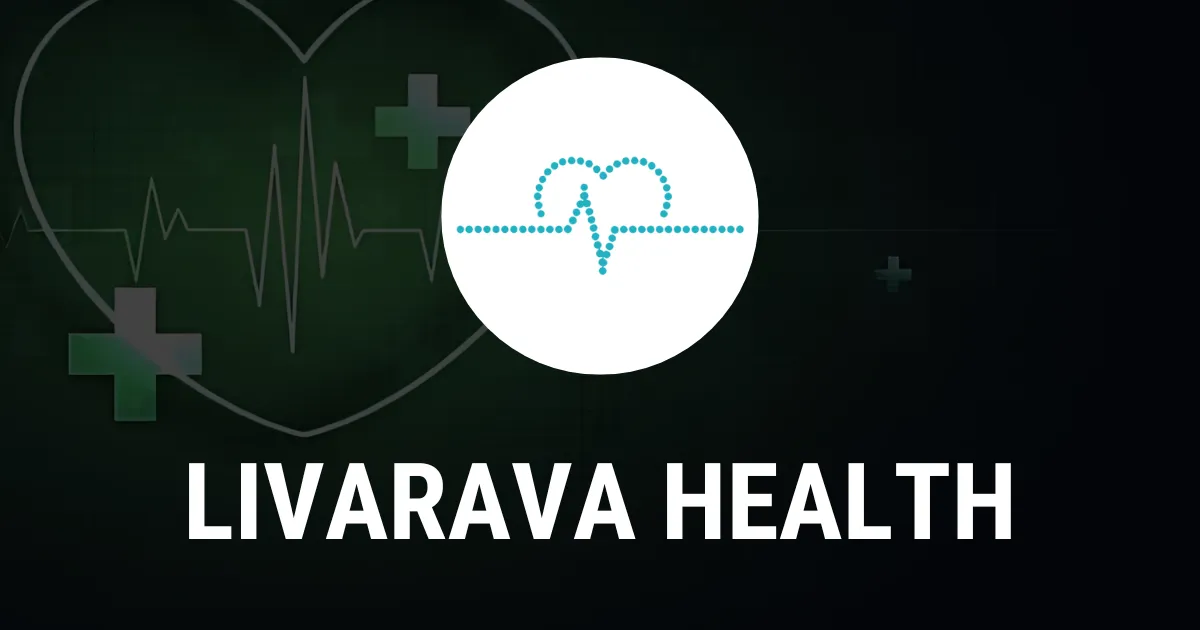Eastern Equine Encephalitis Impact on Horses and Mosquito Transmission

Understanding Eastern Equine Encephalitis
Eastern equine encephalitis (EEE) is a serious viral disease that affects horses. Recent announcements from Connecticut officials confirm that an unvaccinated horse in Fairfield County has tested positive for this infection. The EEE virus is primarily transmitted by infected mosquitoes, creating a risk for equine populations.
Transmission and Prevention Strategies
Health officials clarify that EEE does not spread from horse to horse or from horses to humans. Instead, it’s the mosquito that acts as an intermediary in this transmission cycle. To mitigate risks, horse owners should ensure vaccinations are current, and efforts to control mosquito populations should be prioritized.
- Vaccination is key - Keeping horses vaccinated can prevent EEE infection.
- Implementing local mosquito control measures
- Regular health checks for horses
This situation highlights the critical importance of awareness and proactive health management among horse owners.
Disclaimer: The information provided on this site is for informational purposes only and is not intended as medical advice. We are not responsible for any actions taken based on the content of this site. Always consult a qualified healthcare provider for medical advice, diagnosis, and treatment. We source our news from reputable sources and provide links to the original articles. We do not endorse or assume responsibility for the accuracy of the information contained in external sources.
This article was prepared using information from open sources in accordance with the principles of Ethical Policy. The editorial team is not responsible for absolute accuracy, as it relies on data from the sources referenced.